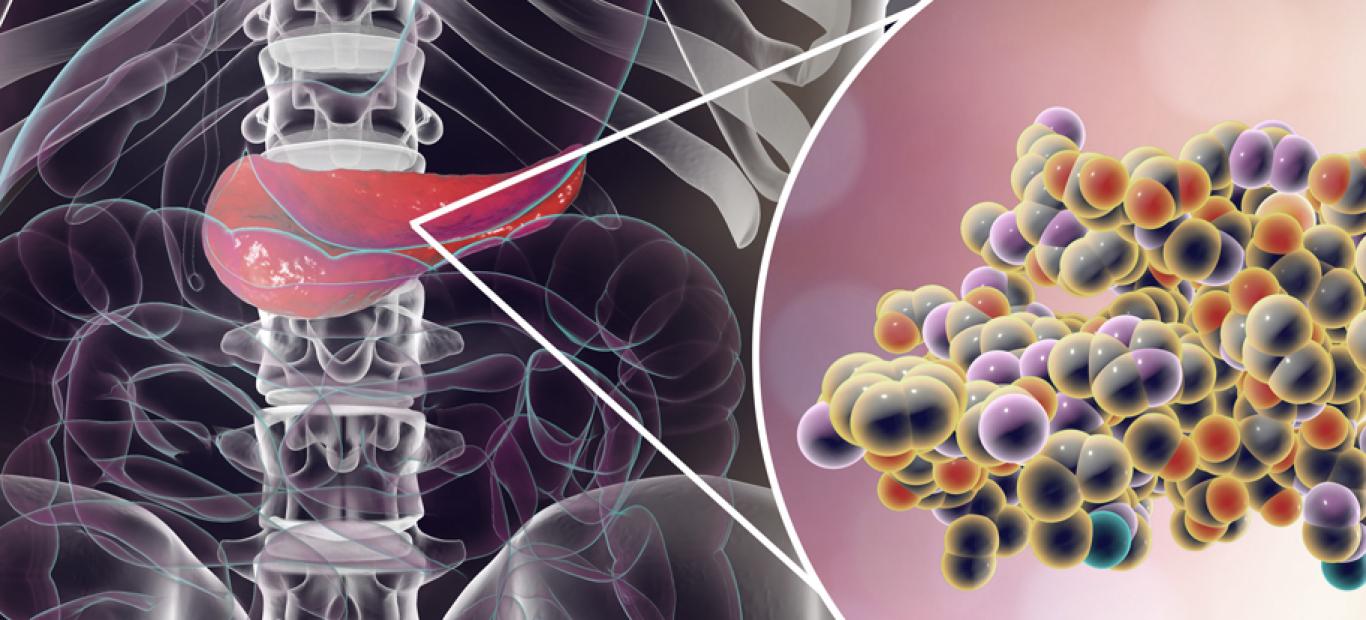Pancreatic Cancer
Pancreatic cancer is a malignancy that occurs in the pancreas. This condition is characterized by uncontrolled growth of pancreatic cells that causes tumor formation, which can spread to nearby organs and other parts of the body. Before discussing further about pancreatic cancer, let us first get to know the pancreas organ. The pancreas is an organ in the stomach that is located horizontally behind the lower part of the stomach. The pancreas secretes enzymes that aid digestion and hormones that regulate sugar metabolism.
Pancreatic cancer occurs when cells in your pancreas develop mutations in DNA. This mutation causes cells to grow uncontrollably and continue living after normal cells die. These cells can collect and form tumors.
Most pancreatic cancers start in the cells lining the pancreatic duct. This type of cancer is called pancreatic adenocarcinoma or exocrine pancreatic cancer. In patients with exocrine pancreatic cancer, the most common type is adenocarcinoma (cancer of the glandular tissue) of the pancreas, which accounts for 80-90% of pancreatic malignancies. Other types of exocrine cancer include acinar cell cancer, cyst cancer (cystadenocarcinoma), and solid pseudopapillary tumors.
Pancreatic cancer can also form in the production of hormone-cells in the pancreas. This type of cancer is called islet cell cancer or endocrine pancreatic cancer.
Although the cause of pancreatic cancer is unknown, smoking is a major risk factor, with smokers 2-3 times more likely to have the disease than nonsmokers. Age is also associated with diseases that are usually after age 45. Diabetes is also associated with pancreatic cancer, with about 10% -20% of people diagnosed with cancer having diabetes. Other risks include chronic pancreatitis and cirrhosis of the liver. And a family history of pancreatic cancer, a high fat diet, obesity, and lack of exercise could also play a role.
The early symptoms of pancreatic cancer are not very detailed, making it very difficult to diagnose at an early stage. But once the cancer grows and spreads, pain often develops in the lower abdomen and sometimes spreads to the back. The pain can get worse after the person eats or lies down. The classic symptom of pancreatic cancer is painless jaundice. This occurs when the tumor is located on the head of the pancreas and causes interference with the bile duct. Patients may also experience itching and yellowing of the skin and eyes. Other symptoms include darkening of the patient's urine and stool which is usually a lighter color. Other symptoms that may appear include weight loss, nausea and vomiting, intestinal obstruction, loss of appetite and fatigue.
Patients who experience the above symptoms should consult immediately. Your doctor may ask you to go through a series of blood tests, an example is tumor marker CA 19-9. You may also be required to do other tests, such as an abdominal ultrasound or an abdominal CT scan.
As treatment, radiation and chemotherapy are usually the most common treatments for pancreatic cancer. Surgery remains the main method of cancer treatment. Curettage surgery for pancreatic cancer, unfortunately, can only be performed on 20% of all patients diagnosed with the condition, especially in patients who have been diagnosed early. For patients who have a tumor that can be removed surgically and is located on the head of the pancreas, the patient will undergo pancreaticoduodenectomy or the Whipple procedure. In this procedure, the pancreas and all its attachments are removed, and the stomach and cystic duct are connected to the small intestine. For patients who have a tumor that can be removed surgically and is located at the tip of the pancreas, a distal pancreatectomy will be recommended by your doctor. Chemotherapy is usually given after surgery to minimize the risk of the disease recurring.
In cases where the tumor is too large to be removed, palliative surgery may be performed to relieve and slow down the symptoms of the disease. Chemotherapy can also be given to extend the life span and improve the patient's quality of life. Radiation therapy may also be given. For patients diagnosed at an advanced stage, palliative care, which focuses on pain control, may be an option.
Pancreatic cancer is usually difficult to recognize until it reaches a more advanced stage. These cancers are usually associated with a poor prognosis and survival rate of only 5%. More than 30,000 people are lost to pancreatic cancer each year.
Pancreatic cancer spreads very quickly and has a poor prognosis when compared to other cancers. Symptoms that do not appear until pancreatic cancer develops make surgical removal difficult.
Author





 13406
13406



 11 Dec 2025
11 Dec 2025 175 kali
175 kali









